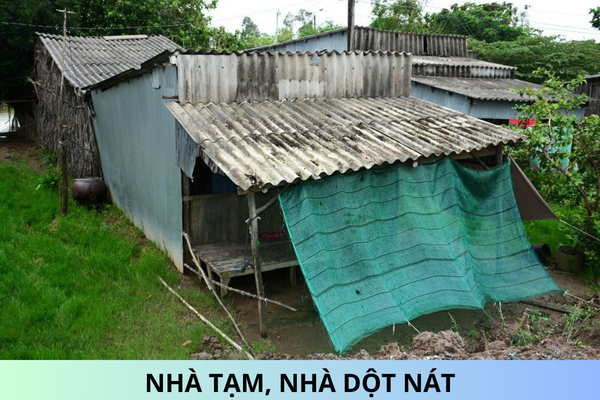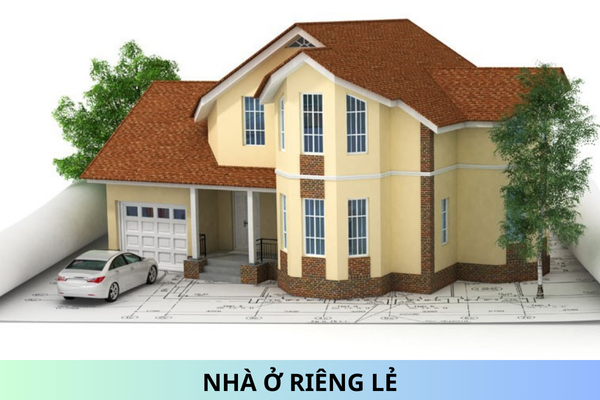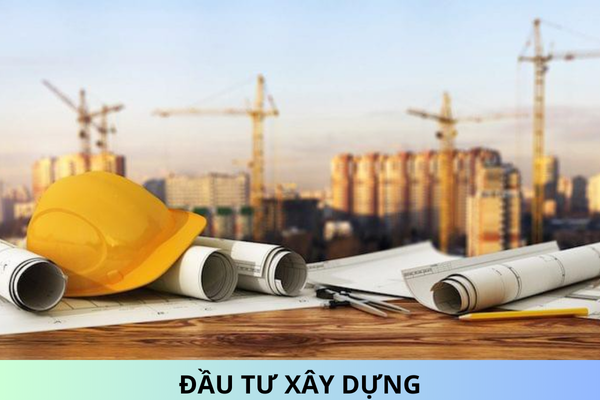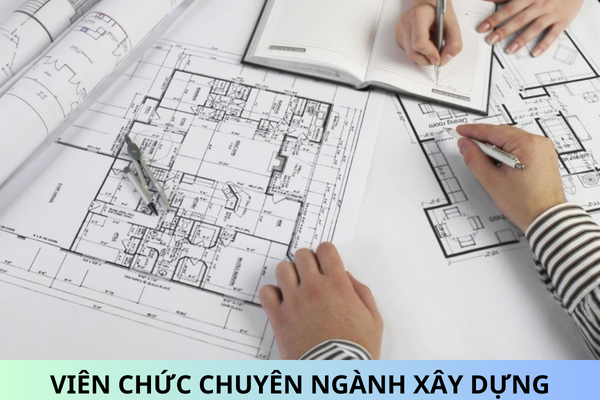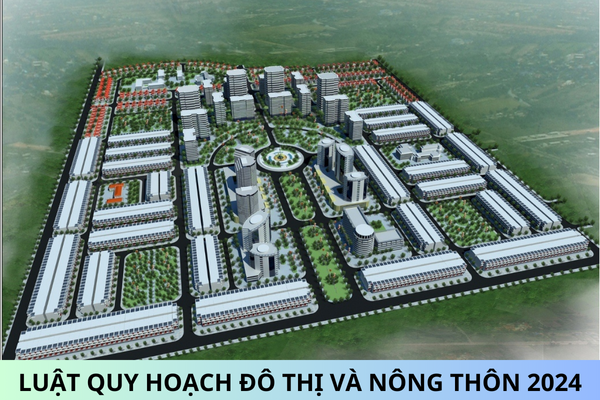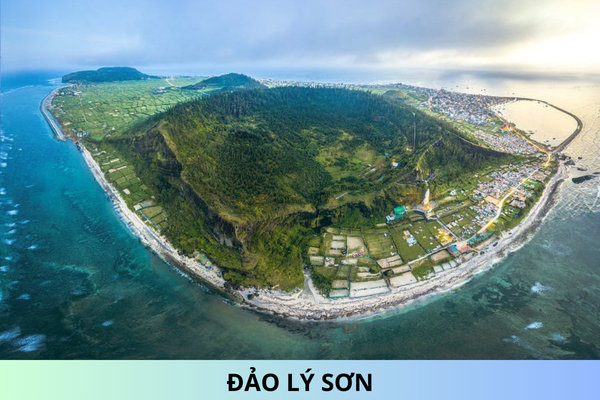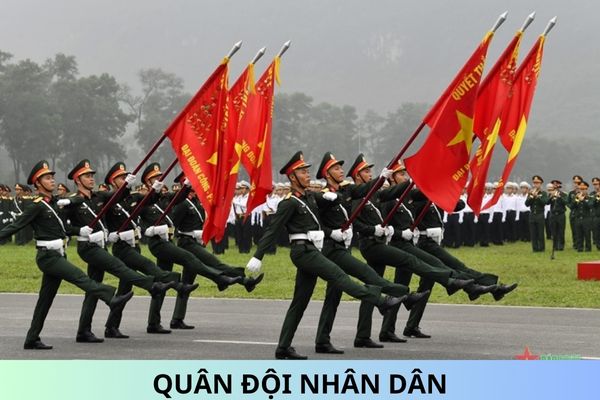What are standards for working on high construction sites to ensure safety at construction in Vietnam?
What are standards for working on high construction sites to ensure safety at construction in Vietnam? What are standards for excavation, backfilling and construction of underground works and tunnels to ensure safety at construction sites in Vietnam?
Please advise.
What are standards for working on high construction sites to ensure safety at construction in Vietnam?
In Section 2.7.3 Subsection 2.7 Section 2 National technical regulation on safety in construction QCVN 18:2021/BXD promulgated together with Circular 16/2021/TT-BXD on standards for working on high construction sites to ensure safety at construction as follows:
2.7.3.1 When installing, repairing and maintaining tall buildings, if there is no specialized means and equipment to ensure safety for workers, a scaffolding system must be used that is suitable for the characteristics of the work and has a support grid below with appropriate spacing.
NOTE Tall buildings include structures in the form of columns, pillars and towers such as cable-stayed bridge piers, telecommunications towers, power transmission poles, tall chimneys, monuments, advertising billboards (towers) and other structures. similar structures or on the exteriors of other buildings, monuments, silos, dams and the like.
2.7.3.2 The top working floor of the scaffolding must be at least 65 cm lower than the top of the work.
2.7.3.3 On scaffolding, the safety support floor just below the floor where workers are working must be left empty (not in use) to protect and prevent the risk of objects falling from above.
2.7.3.4 The gap between the scaffolding and the tall structure must not exceed 20 cm at all positions.
2.7.3.5 Safety support floors must be installed above:
a) The entrance to the building is high;
b) Paths and workplaces of workers to prevent danger caused by falling objects.
2.7.3.6 To climb up or down a high structure, the following means must be installed:
a) Stairs or iron ladders;
b) Iron ladders are firmly anchored to the wall or wall of the work ;
c) Other suitable means.
2.7.3.7 When climbing iron ladders installed on the outside of tall buildings, workers must use steel core safety ropes. The seat belt must be looped at the free end (the connector to the worker's seat belt), hanging down at least 3.0 meters (from the point of the fixed hook).
2.7.3.8 When employees work on independent high structures, the danger zone must be established and controlled by anti-intrusion barriers to create a safe area for outsiders as prescribed in 2.1.1.2.
2.7.3.9 Workers performing construction, maintenance or repair work on tall structures are not allowed to:
a) Working outdoors without wearing a safety belt with a lifeline attached to a ladder (anchor available to a high structure) or an anchor ring, a firm anchor point on a high structure;
b) Place (put) tools between the seat belt and the body or in protective clothing pockets that are not intended to hold tools;
c) Using hands to pull, pull or carry heavy materials or equipment when getting on, off or leaving the workplace on high constructions;
d) Tightening, fastening pulleys or scaffolding to the reinforcement anchor rings (rings mounted on the high body of the structure) without checking, pre-testing the load capacity, the certainty of these anchor rings;
d) Working alone;
e) Climbing on high construction without having the means to ensure safety as prescribed in 2.7.3.6;
g) Working on active high works (for example, working chimneys), unless there are safety measures to avoid danger.
What are standards for excavation, backfilling and construction of underground works and tunnels to ensure safety at construction sites in Vietnam?
In Section 2.8.1 Subsection 2.8 Section 2 National technical regulation on safety in construction QCVN 18:2021/BXD promulgated together with Circular 16/2021/TT-BXD on regulations on standards for excavation, backfilling and construction of underground works and tunnels to ensure safety at construction sites as follows:
2.8.1.1 Before construction excavation, backfilling and performing works related to soil and rock, sunken wells, tunnels and other underground works (hereinafter abbreviated as excavation, backfilling and construction of works) underground), the following measures must be taken to prevent dangerous factors:
a) Temporary support or other suitable measures to prevent soil, rock or other materials from slipping, falling, sliding or falling;
NOTE: Regulations on urban infrastructure see 2.3.
b) Measures to prevent people from falling; danger due to mud, rock or water entering excavation pits, submerged wells and construction areas in underground works, tunnels;
NOTE For provisions on guaranteeing against falls, see 2.1.5, 2.2, 2.7 and other relevant sections of this standard.
c) Adequate and technical ventilation in the areas where people work to maintain air quality and control the content of smoke, gas, vapor, dust or other hazardous substances to a non-hazardous level, or not cause harm to the health of workers;
NOTE: The requirements for air quality, environmental assurance, ventilation comply with the regulations of QCVN 05:2013/BTNMT, QCVN 06:2009/BTNMT, QCVN 02:2019/BYT, QCVN 26:2016 /BYT, QCVN 34:2018/BLDTBXH and the provisions of this regulation.
d) Measures to escape and rescue workers in situations of fire, explosion, flooding or being buried due to collapse of rock or structure;
NOTE: The requirements for fire, explosion and rescue safety shall comply with the provisions of QCVN 01:2011/BCT, QCVN 04:2017/BCT, QCVN 01:2018/BCT, QCVN 03:2019/BCT, QCVN 07:2020/BCT and the provisions of this regulation.
dd) Carry out a thorough survey to check the presence of water bags, air pockets, underground flow to take appropriate preventive measures.
2.8.1.2 For urban infrastructure to serve excavation, backfilling and construction of underground works: The construction, erection, replacement or dismantling must be supervised and approved by a competent person as prescribed in Clause 1 of this Article.
2.8.1.3 The positions with workers working in the area of excavation, backfilling and construction of underground works must be regularly checked and monitored by competent persons and the monitoring results must be recorded. Employees are not allowed to work alone unless supervised by a competent person.
NOTE: Competent persons include site commanders, those in charge of construction management, safety, construction machinery, equipment, and technical system managers for construction (for example, electricity, water, ventilation, fire protection) of the contractor; construction and safety supervisor of the investor (or EPC general contractor).
2.8.1.4 Employees assigned tasks related to excavation, backfilling and construction of underground works must properly perform the assigned work, must use industrial sustainable development according to the provisions of 2.19 and QCVN 23:2014 /BLDTBXH.
2.8.1.5 Employers are responsible for:
a) Fully provide industrial sustainable development and other necessary facilities; check and ensure employees are healthy enough (physically and mentally) before and during each working shift and take timely measures when necessary;
b) Provide specific instructions and ensure that employees clearly understand the assigned work before working; supervise the performance of employees according to instructions.
2.8.1.6 Urban infrastructures, scaffolding, supplies, materials, products, tools, equipment, machines, construction equipment and other construction facilities must be inspected, maintained and maintained, tested, verified and used according to the provisions of 2.1.1.5 and regulations related to each object in this regulation.
2.8.1.7 The work related to working in the compressed air environment must comply with the provisions of 2.9.
2.8.1.8 Works related to the use of explosives must comply with the provisions of 2.8.5, 2.8.6 and 2.17.
2.8.1.9 Work can only be started after the competent person has checked and confirmed the safety conditions.
Note 1 to entry: Requirements check whether 2.1.1.2 and 2.8.1.1.
Note 2 to entry: Competent persons see 2.8.1.3.
Best Regards!
